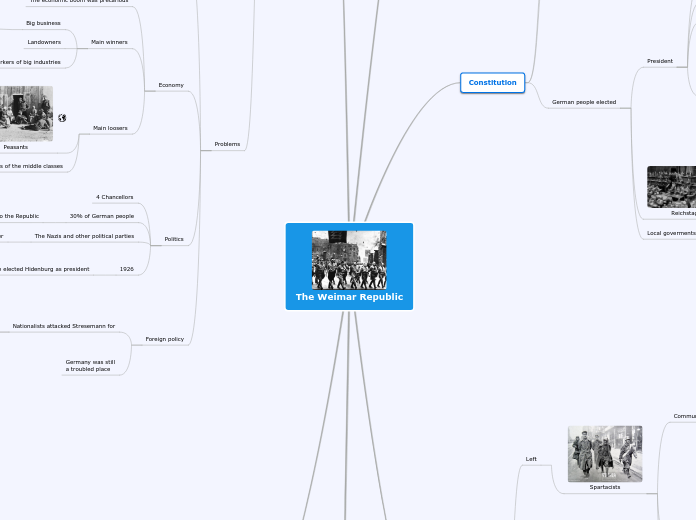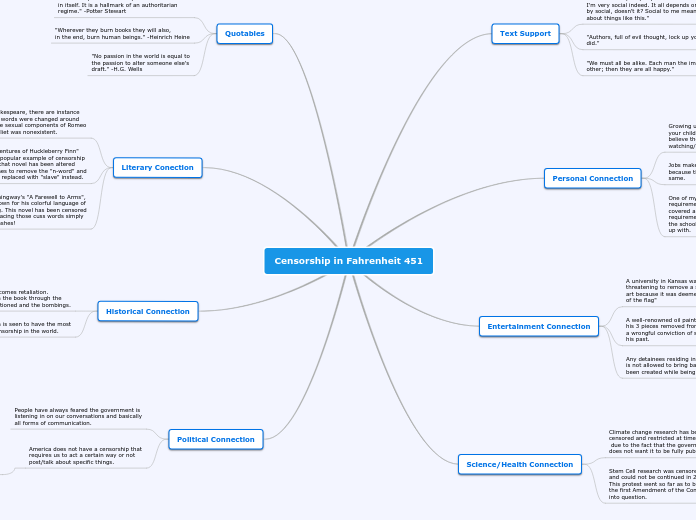Solution
The solution to this world issue lies with consumers. No one can expect companies to stop what they are doing if it is essentially legal for them to do so and also generates profit for share holders.
Consumers hold an extreme amount of power over companies. By buying their products, consumers are agreeing with the exploitation of overseas laborers.
Luckily, activists such as http://www.sweatfree.org/organizations are working to raise awareness about sweatshops and companies that use them. But most consumers still continue enjoy unethically made products and either don't care or are unwilling to change their lifestyle to accommodate staying away form Walmart, Nike, Adidas... (etc).
Cause
Sweatshops are created due large companies wanting to generate more profit and undercut competitors. Once one company started doing it all the rest had to in-order to stay viable to consumers.
Sweatshops are allowed to exist due to the specific laws and social norms a country has. The lower the minimum wage the higher the profit for factory owners, exporters and companies who manufacture their products over seas. The workers who agree be underpaid, work unpaid overtime and disregard safety regulations are the ones who are hired and work near their families instead of venturing farther for work.
Sweatshops
Legacy of colonialism
Colonial industrialization legacies have influenced industrialization relations policies in developing nations. The value of subordinate labor was realized and applied to various aspects of how that nation functioned.
For example, after India gained their independence from British ruling their economic influence was lowered significantly. "...India’s share of the global income went from 27 per cent in 1700 to 3.8 per cent in 1950." This was due in-part to Britain's need of natural resources "Reasons for the country’s stagnation include Britain's establishment of an agricultural base in India, thereby providing cheap raw materials to England at the cost of local citizens." These tactics are still used in India and across Asia today. Because of its prevalence in their society sweatshops and exploitative laws are not met with indignation a lot of the time.
India has the fastest growing economy in the world and the second biggest next to China however, India is still considered a developing country because of these social norms and extreme poverty of the lower classes due to the disregard of many local citizens.
https://www.rt.com/news/india-independence-britain-dehli-681/
Local concerns
Child well-being
Due to long hours "14-16 hours a day seven days a week" ,
Unpaid overtime and far less than living wage.
"The majority of garment workers in Bangladesh earn little more than the minimum wage, set at 3,000 taka a month (approximately £25), far below what is considered a living wage, calculated at 5,000 taka a month (approximately £45), which would be the minimum required to provide a family with shelter, food and education."
Parents must often times leave their children to their own devices. This means no school or daycare.
Quotes used are from a reputable charity website aiming to aid sweatshop laborers as well as spread awarness.
http://www.waronwant.org/sweatshops-bangladesh
Comfort
With their small wages, perpetual hunger is common among local communities of sweatshop workers especially children. If sickness occurs it is often a choice between medicine or food.
http://www.youtube.com/watch?v=M5uYCWVfuPQ&t=8m40s
The video provided is an experience two westerners had while trying to live off of sweatshop workers wages in Indonesia.
Medicine
Hunger
Education
https://www.youtube.com/watch?v=Fve0xjEyk4U=3m22s
The video provided includes interviews with sweatshop workers and obtains first hand knowledge of the situation children are put in.
Working conditions
Sweatshops located primarily in developing nations such as Bangladesh, China, Malaysia, Thailand and Indonesia have atrocious working conditions for the employees in order to maximize profit for big companies and exporters by disregarding the rights of the workers.
Hours
"14-16 hours a day seven days a week" a typical amount of time an average sweatshop worker must work in order to provide for their families.
http://www.waronwant.org/sweatshops-bangladesh
Wages
"The majority of garment workers in Bangladesh earn little more than the minimum wage, set at 3,000 taka a month (approximately £25), far below what is considered a living wage, calculated at 5,000 taka a month (approximately £45), which would be the minimum required to provide a family with shelter, food and education."
Because of this, almost all members of a family including the elderly and sometimes children must work long hours.
http://www.waronwant.org/sweatshops-bangladesh
Worker saftey
Sweatshop employers want only able bodied people to work for them. If a women becomes pregnant her contract is terminated. Workers must come to work sick, If they miss their shifts their contracts are terminated.
Often times sweatshops are very close quarters working environments in order to maximize space and therefore profit. Little to no fire safety precautions while working with combustible material and fire hazards.
International concerns
Western consumers
Consumers around the world have become used to cheap commodities. Although the information about why these commodities are so cheap (i.e. sweatshops) is widely known, the vast majority of consumers would rather pay the cheap price as apposed to paying for a more expensive alternative that is confirmed to be ethically produced.
Many lower class citizens simply can't afford to maintain their current life style and also buy the ethical alternative.
The living standard is so much higher in first world countries mainly because of these cheap items and the ease of obtaining them that would be considered expensive luxuries in third world countries. First world countries also have social constructs that aid the poorer population such as social security and universal health care.
Corporations
Many of the worlds largest Western and European companies such as Nike, Adidas, H&M, Walmart, Apple, Burberry, Gap and Old Navy take advantage of sweatshops and their cheap sources of labor. This is all done in-order to have the cheapest production costs and therefore the highest profit margins. Since Canada, the United states and the UK have mandatory laws in-place for the benefits of workers as well as a respectable minimum wage it is logical to outsource product production to 3rd world countries.
The nature of Capitalism has very little to do with ethics and it is mainly up to the consumers to dictate what is right and wrong by either buying products from these companies or refusing to.
These companies are generating billions of dollars annually do to their disregard of the living standard in the countries that manufacture their products.
Public outcry
Since the discovery of sweatshops and the exploitation of workers many consumers and activists have voiced their anger at these business tactics.
For example, many documentaries have been made showcasing what it's like inside sweatshops.
https://www.youtube.com/watch?v=M5uYCWVfuPQ
In this short documentary Jim Keady explains how he gave up a high paying sports job because he refused to be sponsored by Nike. Jim travels to Indonesia to live the life of a sweatshop worker manufacturing Nike products. It is very challenging and gives true insight to the injustice of this business tactic.
However, this documentary came out four years ago in 2011. Since that time Nike and many other exploitative corporations have seen a rise in profit. Because of this, many fear that companies will become more bold with outsourcing exploitative labor in the future.
National concerns
Government
Asian governments such as the Chinese either view sweatshop labor as a necessary evil in-order to maximize exportation revenue or simply do not care about the millions of extremely poor workers that "– live on less than $2 a day."
Many countries that harbor sweatshops rely on these industrial powerhouses to spur their economies.
"There are approximately 150 million internal migrant workers in China who, because of their status, do not receive any state benefits or protection. They have to endure poor working conditions such as excessive and forced overtime, denial of social security rights and failure to provide employment contracts, as well as severe health risks."
http://www.waronwant.org/sweatshops-china
Laws
The prevalence of sweatshops in China, Malaysia, Bangladesh and Vietnam are such because of the ability to exploit workers so easily due to lack of government interference. The minimum wage in such places is a reflection of national greed "Minimum wage levels in countries such as Thailand, the Philippines, and China, are significantly lower than that of the United States. The federal minimum wage per hour in the United States is currently at 7.25 dollars, while it is 1.48 dollars in Thailand, 69 cents in the Philippines, and 67 cents in China." Many workers find themselves receiving less than this wage"...workers are frequently paid less than these estimates suggest—amounts barely enough to survive on even considering the lower cost of living in these regions."
http://www.globalethicsnetwork.org/profiles/blogs/two-faces-of-economic-development-the-ethical-controversy
National standard
As the amount of sweatshops grew in countries such as China, Indonesia, Bangladesh and Vietnam the social classes experienced a tremendous gap. The upper classes extreme exploitation of the poor has shrunk the amount of middle class citizens on a national level, in contrast to western countries such as America and Canada. A very small amount of citizens are considered rich while the vast majority are extremely poor. This leaves very few workers classified as middle class citizens.









